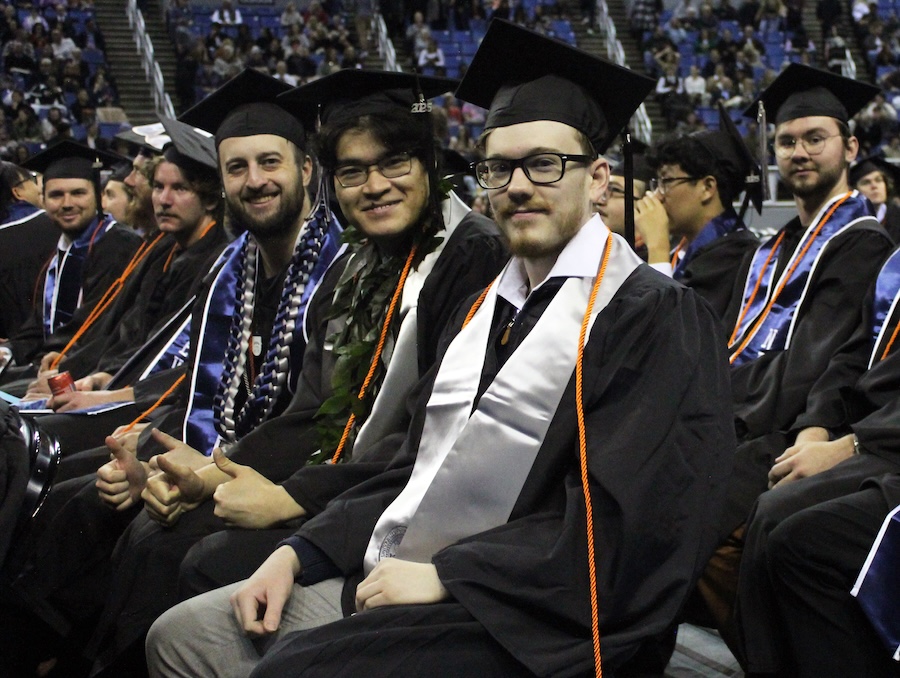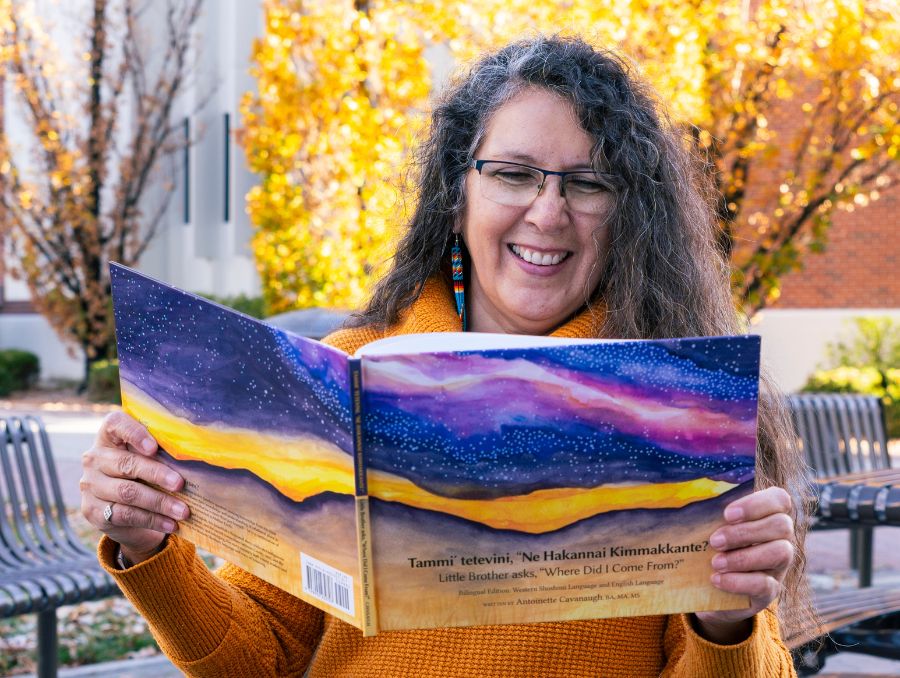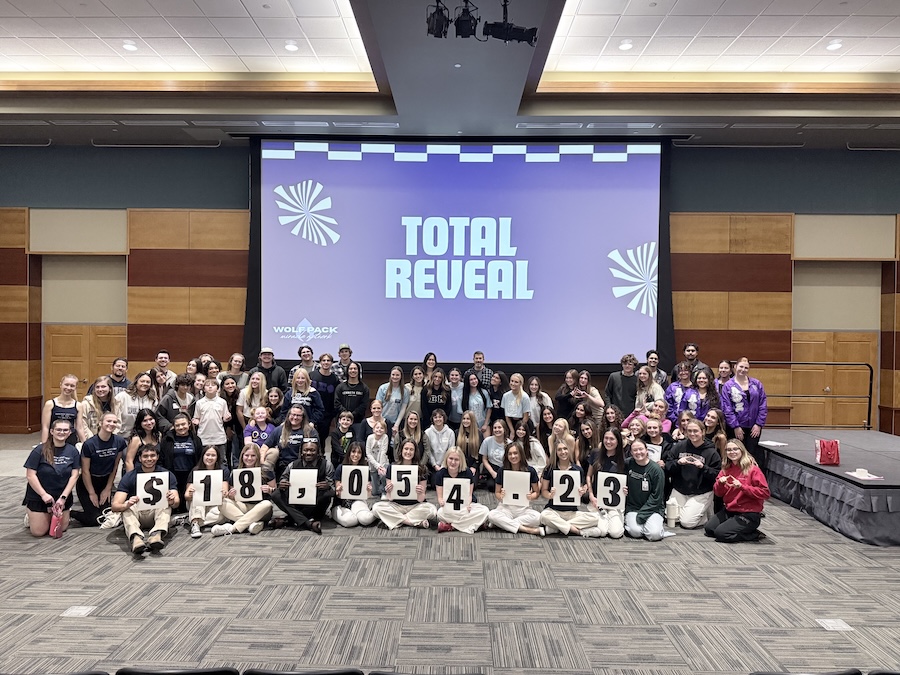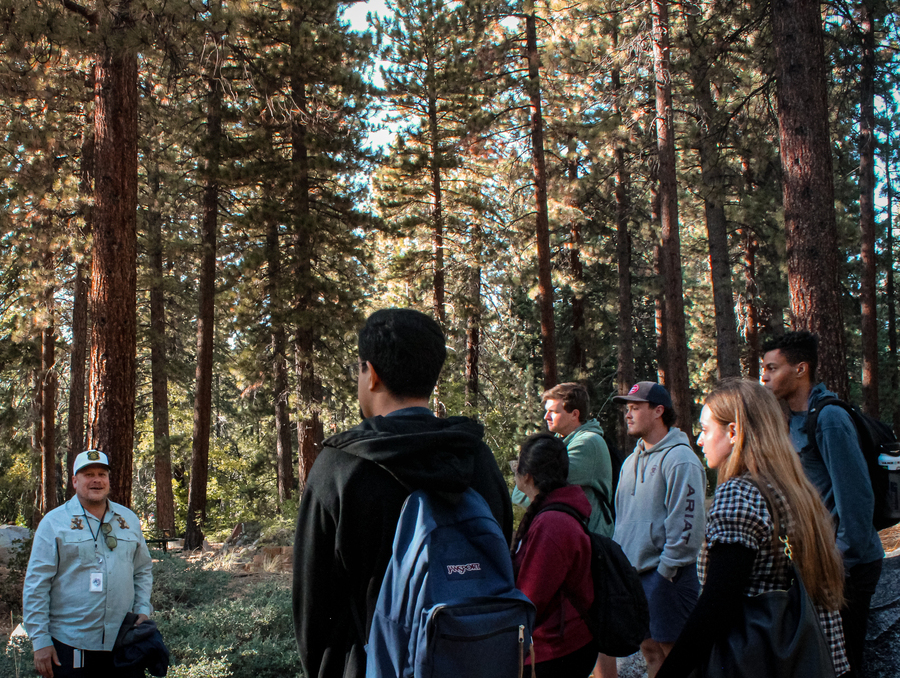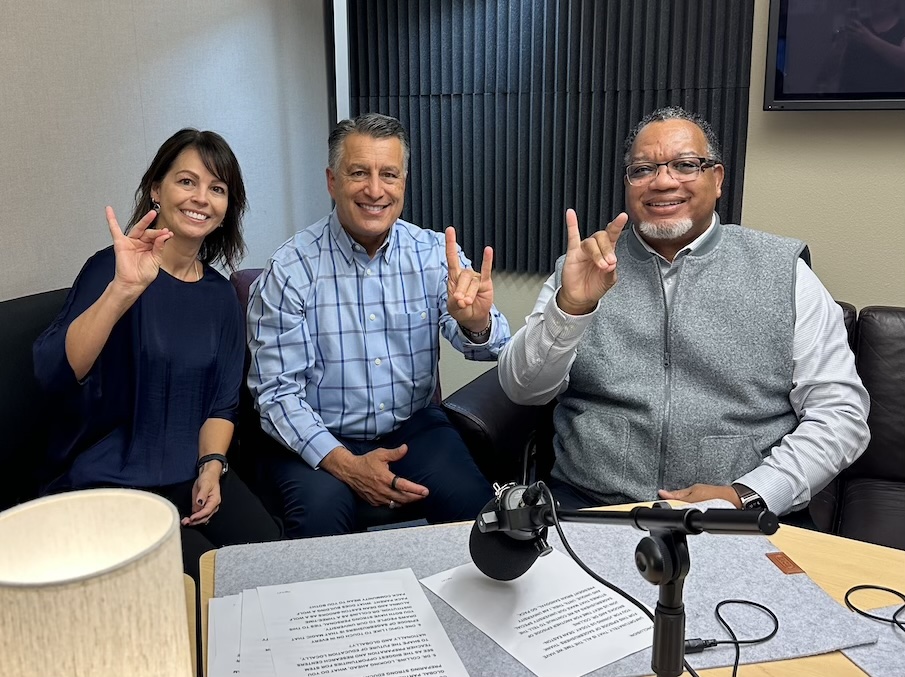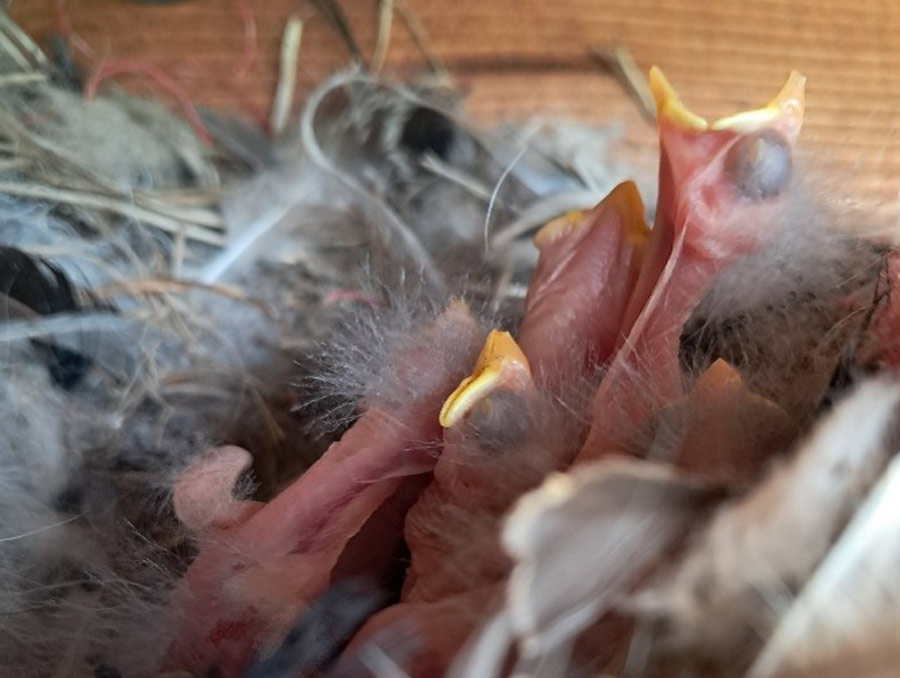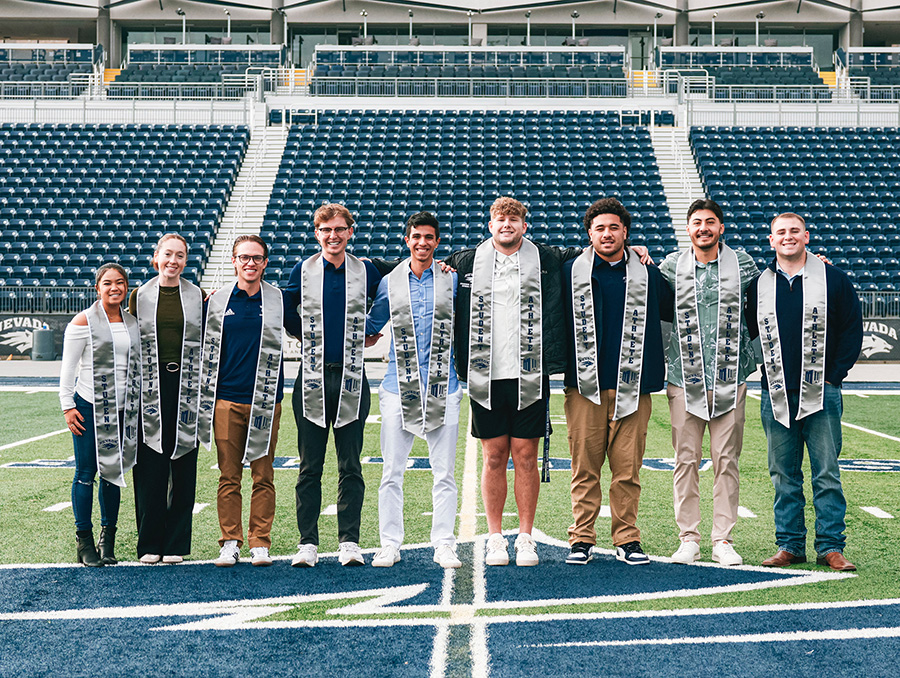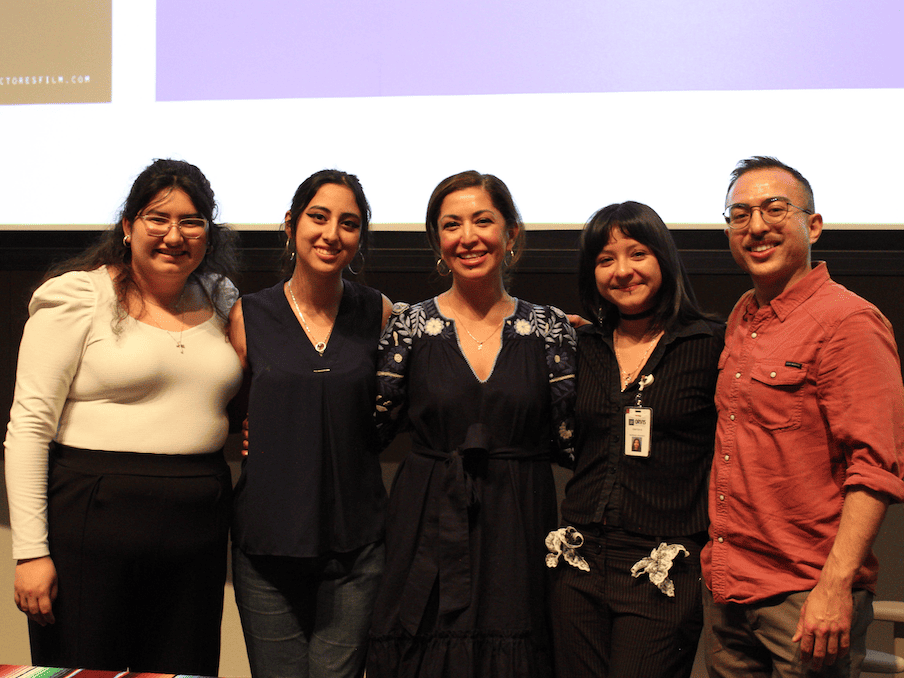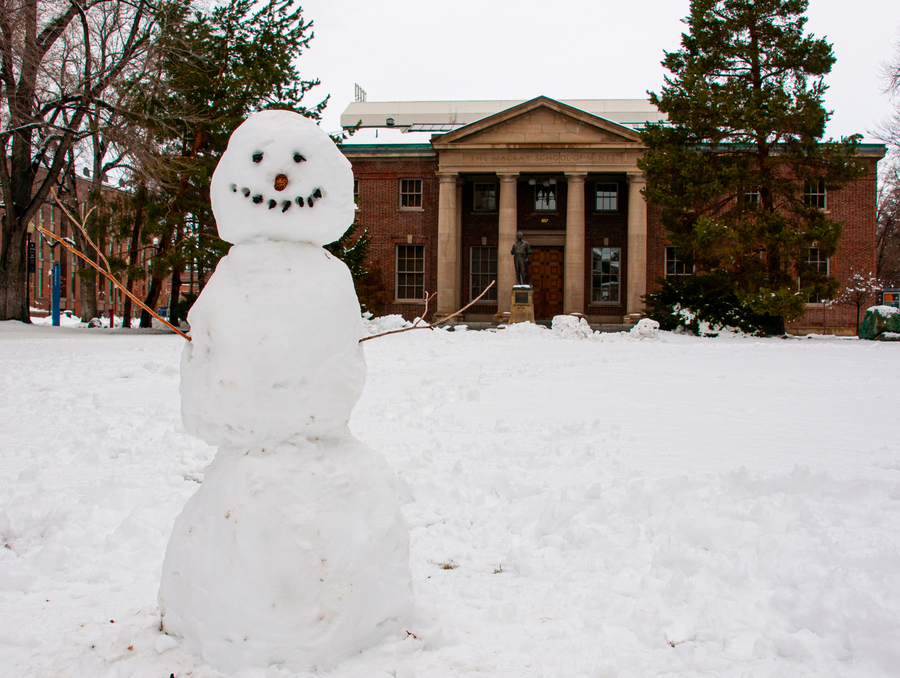Three students minoring in agricultural communication recently won awards from the Nevada Press Association for visual journalism and reporting on agricultural and environmental issues. Their work was the only work produced by university students to receive this recognition from the association of media professionals. The recognition from the Nevada Press Association highlights how the University is successfully encouraging interdisciplinary learning and courses of study that help prepare our graduates to do impactful work as they advance in their career paths.
Tatum Gogna, who has now graduated from the College of Agriculture, Biotechnology & Natural Resources and is working for the College, created a video report on how the University and the city of Reno manage sustainability efforts.
“As an undergraduate student at the University of Nevada, Reno studying agriculture science and economics and minoring in agriculture communications, I wanted to focus this project on sustainability aspects of Reno when it comes to the city and farming,” she said. “I met with the city’s sustainability manager, Suzanne Groneman, and the University’s sustainability manager, Phoebe Judge, to see what initiatives both have in place regarding sustainability. I also wanted insights from local farmer and Farm Production Manager Garett Menghini of the Desert Farming Initiative at the University to see what sustainability practices they are practicing.”
Anthropology student and agricultural communication minor Kaitlynne Romero created a breaking news video report on the “Angoon Bombing—Terrors on the Tlingit People of Southeast Alaska, Focusing on the 1882 U.S. Navy Attack.”
This report centered on the Tlingit people of Southeast Alaska, where Romero is from.
An excerpt from her report reads:
“In 1882 U.S. Navy bombing of Angoon was a devastating act of violence. The bombing of Angoon began when a whaling company’s ship accidentally killed a Tlingit shaman who was met with traditional mourning customs. The U.S. Navy misinterpreted these customs as hostile actions and responded with military force, demanding reparation in the form of blankets. When the demand was not met, the Navy destroyed the village, burned homes, and left families without food or shelter, leading to death by starvation and exposure.
Decades later, the U.S. government's apology for the bombing in 2024 represents a long-overdue recognition of the historical injustices perpetuated by such policies. Yet, it also highlights the ongoing struggle for Native peoples to assert their land rights and culture in the face of a history that is often overlooked.”
Journalism major and agricultural communication minor Beatrice Bashibyukyan wrote a feature story and created a video about using goats for fire prevention.
An excerpt from her article reads:
“Dry climate conditions, combined with the spread of invasive plants such as cheatgrass, leave large areas of land vulnerable to wildfires. Fire reduction and mitigation programs are critical to lessening the risks of fast-burning, fast-spreading wildfires, which require consideration of all available tools — including using goats to graze weeds.
As a method of fire mitigation, Nevadans are using goats to graze land and reduce highly flammable, noxious weeds. While state and federal agencies contribute significantly to efforts to protect Nevada lands, local ranchers are working alongside their communities and groups like NV Energy to deploy goats as an additional method to address the issue.”
The College of Agriculture, Biotechnology & Natural Resources developed the agricultural communication minor just three years ago, in consultation with the School of Journalism and the Department of Communication Studies. Students can choose from more than 20 courses offered by the College, the School of Journalism and Communication Studies to complete the minor, depending on their career goals.


